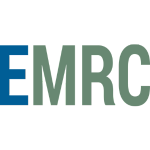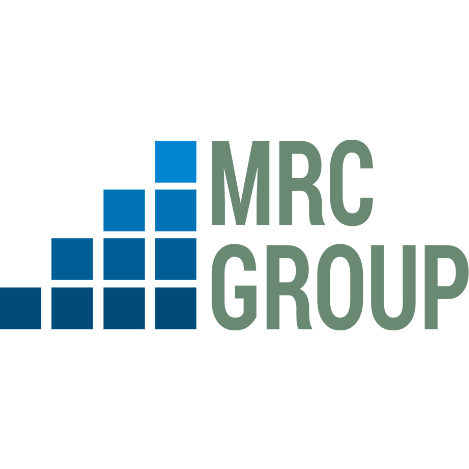







Across Africa, off-grid solar solutions have gained popularity as a primary way of closing the energy access gap while ensuring affordability and environmental sustainability. According to a report by Boston Consulting Group (BCG) and All-On (a Shell-funded impact investment company), solar systems can save families up to 30 percent on their daily power bills, eliminate air and noise pollution, and provide a reliable power supply. This report also states that over 500,000 homes have solar systems installed.
Today, many companies across the world are providing off-grid solar solutions from manufacturing components to installation and maintenance of systems. While power demand is higher than ever, the cost of developing power plants and systems is still high. Power Africa provides microfinance loans to increase access to off-grid solar products. Many off-grid solar power start-ups in Nigeria today are funded through highly competitive grants and debt/equity financing. However, with a good financial model, the company may be able to stand out and attract the required investments.
Off-Grid Solar Power Finance Models
Off-grid solar enterprises employ a variety of approaches to get financing for projects and individual solutions. Some of them include:
- Cash sales: The end-user purchases the PV and pays in full, becoming the PV's owner. It is the simplest form, in which the end-user purchases a PV system directly or through a dealer network from the PV supplier, which they may or may not install themselves.
- Credit Sales: The end user buys the PV system on credit, which means the end user pays for it later, usually paying both the initial payment and interest. This is to assist end users who cannot afford to pay in cash. The firm selling the system may consider offering a consumer credit or installment payment option. Credit sales fall into three categories:
- Dealer Credit (One-Hand Model): The PV supplier/dealer sells the PV system to the end-user, who then enters into a credit agreement with the PV dealer. Depending on the arrangements, the end-user either instantly owns the system or becomes the owner after all payments are made.
- End-user Credit (Two-Handed Model): The PV supplier/dealer sells the PV system to the end user, who receives consumer credit from a third-party financial institution. The third-party financial institution could be a credit organization with experience with rural credit which lends money to the end-users while the PV dealer is not directly involved in the credit scheme, ensuring that significant operating money is still available to the dealer. Typically, the end-user takes ownership of the technology immediately, although this might be postponed until all payments are received. The PV system can be used as collateral for a loan.
- Lease / Hire Purchase (One or Two-Handed Models): The PV supplier/dealer or an investor rents the PV system to the end customer. Depending on the terms of the lease, ownership may or may not be transferred to the end user at the end of the term. During the lease time, the lessor retains ownership of the system and is responsible for its maintenance and repair.
- Fee for Service: The system is owned by an energy service company (ESCO), which distributes electricity to the end user in exchange for a periodic price (for example, monthly). The end-user is not responsible for system upkeep and will never become the owner, but the end-user may own the connection wiring, lamp, and applications. Under the termination conditions, the end-user could own the PV system depending on the terms agreed upon by both parties.
- Pay-As-You-Go (PAYGO): PAYGO financing options allow low-income clients to pay for energy services in small payments, making off-grid electricity more affordable and accessible(Power Africa, 2021). The pay-as-you-go strategy usually works well for the efficient usage of energy equipment.
Conclusion
Considering a lack of state funding, it is important to accelerate private funding for clean energy access. Renewable energy sources are increasingly becoming the most affordable solutions for off-grid electricity access. Services may grow financially under the correct conditions, raising the possibility that private funding will support local energy access for the poor. These off-grid financial models could improve energy access in the country and create a conducive environment that enables end-users to afford solar energy systems depending on their budget. An effective financial model could be utilized by PV suppliers/dealers to target rural areas and expand their presence in the energy market space.











